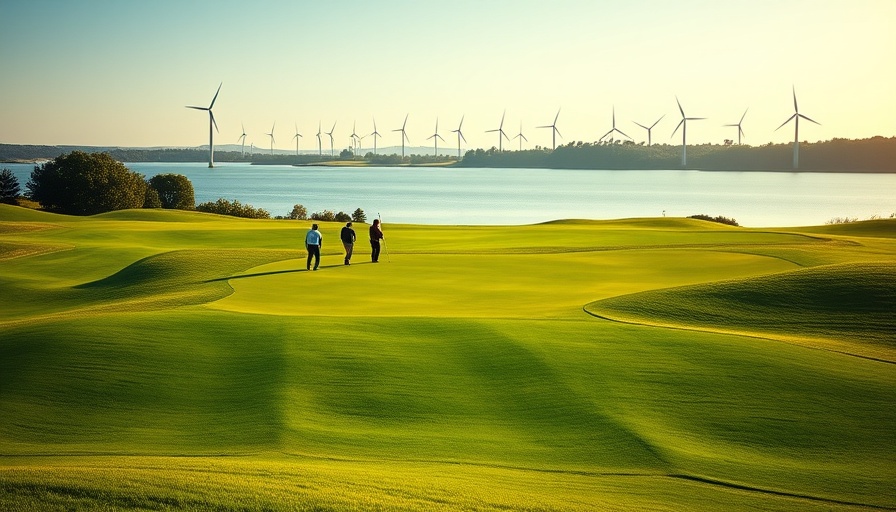
Golf Courses: An Unexpected Land Use Comparison
In a striking revelation, a recent study highlights that golf courses occupy more land globally than solar and wind energy installations combined. The study, published by researchers at the Institute Jülich Systems Analysis, reveals that in the top ten countries hosting golf courses, the area dedicated to these recreational spaces could generate vast amounts of renewable energy, specifically 842 gigawatts (GW) of solar and 659 GW of wind energy. This finding shines a light on the underutilization of land that could otherwise combat climate change more effectively.
Environmental Impact: The Cost of Golf Courses
While golf courses may appear lush and green, they come with significant environmental costs. These expansive areas require considerable water resources and chemical treatments, contributing to ecological degradation. In contrast, solar panels and wind turbines need far less land for operation and have minimal ecological footprints. The traditional land use practices in golf highlight an opportunity for rethinking our approach to environmental stewardship. A shift toward renewable energy could transform these recreational spaces into eco-friendly power producers.
Potential for Change: Pivoting Land Use Priorities
Ultimately, the study suggests that converting even a fraction of golf course land to renewable energy setups is both feasible and beneficial. For instance, if just 25% of golf courses were repurposed for solar energy, it could meet or exceed the current clean energy output in many nations. As communities grapple with land use for renewable projects—often met with resistance—this research opens the door to discussing not just where land can be utilized differently, but also whose interests those lands serve. Rethinking golf course usage could potentially meet energy demands while still catering to recreational pursuits.
Future Opportunities: Redefining Recreation and Sustainability
Innovative models are already emerging, where courses explore integrating solar panels and wind turbines without compromising recreational space. For example, a golf course in Japan successfully installed 260,000 solar panels, generating power for thousands while maintaining its primary function. As nations strive to meet renewable energy targets, the collaboration of recreational and energy needs may lead to more holistic environmental strategies.
 Add Row
Add Row  Add
Add 




 Add Row
Add Row  Add
Add 



Write A Comment